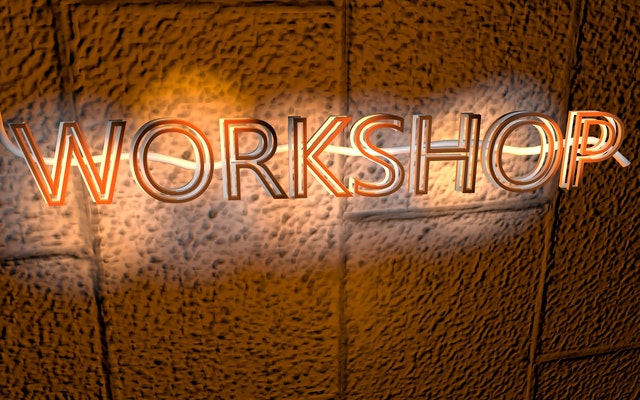The Field Geology Club of South Australia presents:
GIANT CAVES OF THE NULLARBOR PLAIN
Thursday 5th Feburary 2026 at 7:00 pm
Mawson Lecture Theatre,
Department of Earth Sciences,
University of Adelaide
IAN LEWIS
Field Geology Club of South Australia
Cave Exploration Group of South Australia
The explorer Edward John Eyre struggled across the Nullarbor Plain in 1841 and nearly died of thirst there. His offsider Baxter was murdered on that terrible journey. Neither realised that beneath the desolate flat dry surface is a vast aquifer of drinkable water accessible via the giant caves beneath the plain. Between the Wars, Captain J Maitland Thomson began explorations for these caves and made many astounding discoveries using innovative exploration and scientific techniques. Cave explorers have mapped and examined vast cave networks containing indigenous petroglyphs dated at 26,000 years old and are still discovering fossils and new cave dwelling insect species there today. Ian Lewis led the first expeditions to explore the vast underwater tunnels of world-record dimensions which cave divers now traverse with scooters, advanced technical breathing equipment and go-pro cameras, revealing an entire hidden world of global significance. This is now threatened by a colossal Wind farm proposal covering 33% of the Nullarbor Plain’s surface. Ian will present the history and science of this internationally renowned iconic region of Australia.
Ian D Lewis specialises in the geology, hydrology, and caves of the great limestone regions of South Australia. He completed his Geomorphology Degree at the University of Adelaide under Professor Rowl Twidale and Honours at Flinders University under Professor Murray McCaskill. He is a Life Member and current President of the Cave Exploration Group of South Australia (CEGSA) which has been affiliated with the SA Museum since 1955. He is also a Life Member of the Cave Divers Association of Australia (CDAA), has published three books and is completing a PhD on these topics.
University policy is to close doors at 7.00 pm, so be sure to arrive punctually! If you are late you may call the number affixed to the door. However this will only be available until the main lecture starts (around 7.10 to 7.15 pm).
Refreshments will be served in the tea room following the meeting.
The meeting will be zoomed. The link will be distributed to members by email a day or two before the meeting,


